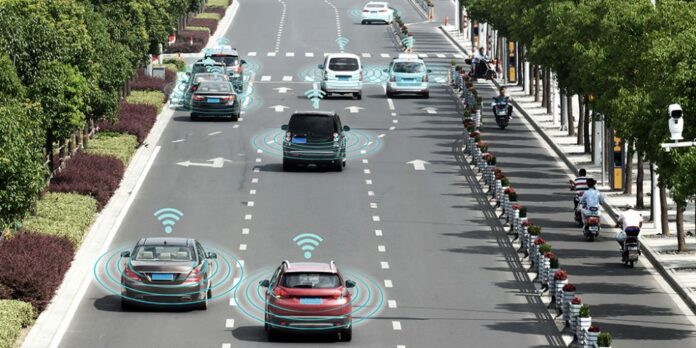Toyota Motor Corporation has launched an emergency safety system that uses big data to disregard the axel pedal if it determines the driver steps on the pedal accidentally. Japan’s carmaker giant will roll out what it calls an “accelerator suppression function” in new cars this summer.
The system responds to an increasingly common cause of traffic accidents in Japan where the driver, mostly elderly, confused between the accelerator and brakes. Some 15% of significant accidents on Japanese roads in 2018 were caused by drivers who are senior citizens and showed a government report, which actively heartens elderly drivers to give up their driving license.
Toyota’s proclamation comes as automakers globally invest massively in so-called active safety features as they make efforts to advance fully autonomous cars. It also comes in the same year. Toyota will act as an exclusive mobility sponsor for the Tokyo Olympics, where it will exhibit its fully self-driving e-Palette transportation pods, which taxis athletes around the Olympic village at low speeds.
Nissan Motor Co Ltd released the second generation of its ProPilot driver-assist system last spring, offering hands-free operation for single-lane highway driving. Toyota rolled out its first-generation Safety Sense package in 2015, including automated emergency braking and a lane departure alert.
The second generation became available in 2018, building on aiding single-lane highway driving and making the car effective in recognizing pedestrians at night hours, and it applies to bicycle riders. Its new feature was developed using data gathered from the internet-connected vehicles which run on roads.
The technology, which Toyota refers to as an acceleration suppression function, uses the brand’s Toyota Safety Sense system’s existing hardware and relies on new software to judge when drivers hit the gas instead of the brake. This helps cap costs for the latest technology.
The system supports big data collected through the data communication pieces set up in newer Toyota models. The presumed DCM relays information to a central server about a vehicle’s operation, such as the acceleration position, braking, and turn signal. Toyota then used it to work out an algorithm that safeguards against accidental use of axel pedal.
Toyota has set up DCMs in 2.0 million vehicles since 2002( Japan).
Acceleration suppression augments a sequence of other Toyota Safety Sense technologies. Toyota will also rove safety functions currently used in the upscale Lexus-version of the system to market Toyota brand nameplates heavily.
New contributions will have an emergency steering assistant that automatically steers a car around a pedestrian and a function that automatically controls a car’s speed while going around curves with the help of radar cruise control. It helps the vehicle to keep its lane in a better way.

